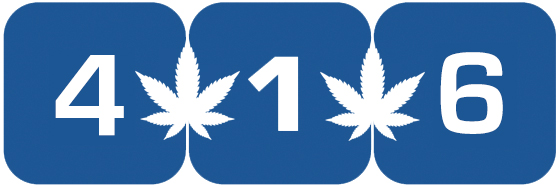Ganja in Jamaica is more than just the cannabis plant; it’s a culture, a way of life, and an expression of people from varying cultural backgrounds who ended up on the Caribbean Island via the plantation model. The British monarchy was responsible for the cultural clash that saw enslaved Africans and indentured laborers co-mingling and participating in the smoking of ganja after a day’s work in the sugarcane plantations. This unique phenomenon gave birth to Rastafari, a religious and political movement rooted in African culture with Emperor Haile Selassie I from Ethiopia as its redeemer, the red, green, and gold colors, and the use of the chillum pipe. Furthermore, the profound impact of Indian influence on the vegan diet, the growing of dreadlocks, and the use of ganja as a sacramental herb have contributed to ganja being an endemic part of Jamaican culture.
High Times Magazine, March 2024
Jamaica lies 18° north of the Equator, a tropical paradise surrounded by the Caribbean Sea where the sun shines perpetually with slight variations in photoperiod throughout the year. The island’s biogeography presents ecologically diverse habitats from high elevations to coastal plains, rainforests to dry limestone forests, and expansive freshwater ecosystems. The islanders’ symbolic love for patronizing the cannabis plant through the expression of performing arts from reggae icons like Bob Marley, Peter Tosh, and so many more has situated ganja synonymously with Jamaica.
The artisanal production of ganja in Jamaica represents the ingenuity of the cultivators who reside in these various microclimates throughout the island catering to a plethora of different demographics of consumers located in tourist areas on the north coast, rural townships, urban ghettos, and middle- to upper-class communities. The cultivation methods, post-harvest practices, types of genetics, pricing structure, farm sizes, and distribution method present varying disparities in quality …
Read More
Author: Dr. Machel Emanuel / High Times





